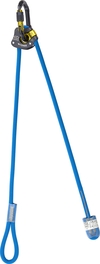Amidst the stories of alpinism and climbing in 2013
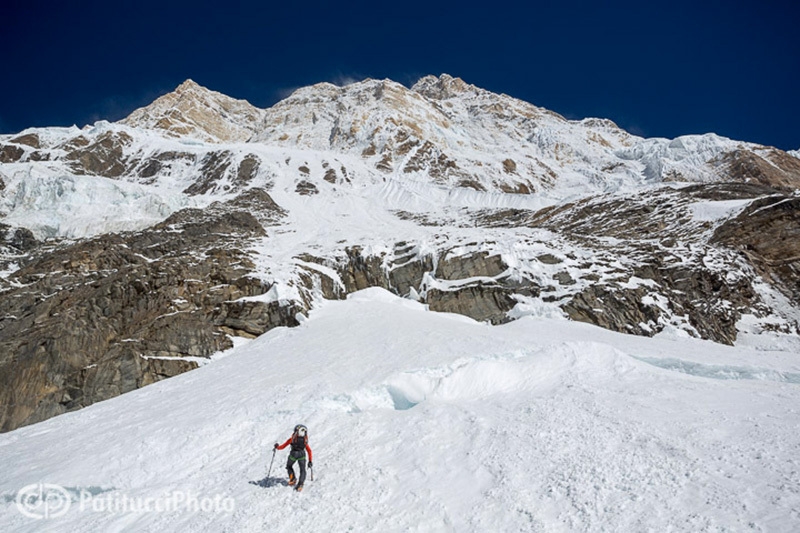
 1 / 8
1 / 8 ©PatitucciPhoto
©PatitucciPhoto
Take for example the solo ascent of the South Face of Annapurna by Switzerland's Ueli Steck. Yes, a coincidental choice some of you might say, knowing full-well that many consider this is the ascent of the year and more. But follow my reasoning, the story. Ueli's 2013 had not started well in the slightest. At the end of April, while acclimatising on the south Face of Everest with Simone Moro and Jon Griffith, he was a key player during a real high altitude brawl. This was the "famous" fight which first involved the three alpinists and some Sherpa who were fixing ropes between Camps 2 and 3. And then, they were subject to a siege and threats that that could have very serious consequences indeed. This was an unprecedented event that made headline news worldwide. The result, in likelihood, of misunderstandings and certainly mistakes, but also of the sick "climate" that, for a long time, has been palpable up there on the crowded, highest mountain in the world. The problems remain, are still in need of a solution, and will need to faced in the not so distant future. The fact of the matter is that all this seriously shook and shocked Ueli. So much so that he almost didn't even want to talk about it… So how could the trauma be overcome?
Steck seemed to find his answer on 9 October, up there on the South Face of Annapurna. On that immense and also extremely dangerous face Ueli achieved the unthinkable: he climbed it alone, in a mere 28 hours from ABC to the summit and back again. In doing so he solved that Direttissima attempted, back in 1992, by the two French ace alpinists Jean-Christophe Lafaille and Pierre Beghin. An absolutely enormous undertaking! "Conditions were perfect" Steck downplayed immediately. While he didn't get to fluttered in replying to those who objected saying that he couldn't provide proof, seeing that he'd dropped his camera before reaching the summit. Steck's absolute valor, with his curriculum of solo ascents, all incredible and carried out at breakneck speed, is quite simply indisputable. At this point in the story one could say that (this too) is past of the beauty of alpinism… But it is Steck himself who provides the most important conclusion: "My inner fire burning once again" he explained "It was almost extinguished after Everest. Now it's flared up again, fully. This makes me happy and I think I'm beginning to find the fun in life once again!" A story, therefore, that ends with a new beginning. And this I feel and like to believe, it something that goes far beyond speed ascents and amazing achievements.
The following story goes well beyond things, too, and only on the face of things is is completely different from Steck's. It may seem strange, but this second story is on the South Face of Annapurna once again. It started on the 17th of October, Yannick Graziani and Stéphane Benoist started up the Direttissima, too. 8 days had passed since Steck's astounding, fast ascent, but in the meantime the conditions had changed considerably. And so the two French guides took 8 days to reach the summit, amid a thousand difficulties. This was then followed by the difficult descent, with Benoist unwell, giving it all he had, knowing that he still had to give even more. Another two days were needed to reach Base Camp, during which time no one heard anything from them. After 10 days on the mountain Benoist walked away with frostbitten hands. But also with experience that prompted him to say:"I believe more and more in climbing partnerships. I've become who I am in mountaineering thanks to my climbing partners." At the same time he defined Steck's ascent as "revolutionary." Well, perhaps this is what makes every climb unique and unrepeatable. And that makes mountaineering adventures great, always different and always ir unrenouncable. Both when they are fast, impossible and solo like those of Steck, and when they are epic like the one experienced by Benoist and Graziani.
There are of course many other stories worth telling. The following spring to mind in no particular order, such as that of of Matteo Della Bordella and Luca Schiera who in March made the first ascent of the West Face of Torre Egger and, in doing so, finally concluded a three-year journey that began with Matteo Bernasconi. And on that same face, it's also worth remembering the recent attempt to solve the Direttissima by Ermanno Salvaterra, Tomas Franchini, Paolo Grisa and Francesco Salvaterra. The attempt ended high up the peak and while I'd like to underline the perseverance and courage needed to embark on this adventure (this was Luca Schiera's first trip to Patagonia), I'd also like to to highlight the usual, unstoppable strength of Ermanno and the entire team, as well as the class project. No doubt they'll be back soon.
In the special stories chapter David Lama deserves a separate mention. Not only because he is currently one of the strongest, most complete climbers in the world. Like in the past, in 2013 he left his mark in all fields of play. Of particular note, in addition to the Sagwand first winter ascent (together with Auer and Ortner) and the first ascent of Sprindrift up the N Face of Laserz (with Ortner once again), there's also Bird of Prey put up in April together with Dani Arnold directly through the headwall up Moose's Tooth in Alaska. And there are of course two solo ascents: Sagwand in May and, on 8 December, a new route up Hohe Kirche in the Austrian Alps. In short, we'll be wiser in the future… but Lama is already one of key players of the new alpinism era.
A "new" force that, as it happens, cannot ignore the likes of Simon Anthamatten, Hansjörg Auer and Matthias Auer who carried out one of the most interesting and beautiful ascents of the year with the first ascent of Kunyang Chhish East in the Karakorum. Climbed in great alpine style. It's clear that there are numerous beautiful ascents with great stories to tell. Such as the first ascent of the SE Tower of Paine by Mike Turner, Jerry Gore, Calum Muskett and Raphael Jochaud, even if they failed to reach the summit proper due to violent storm. And then there's Pakistan 's Great Trango Tower and the story of Bushido, the difficult route put up by the Poles Marek Raganowicz and Marcin Tomaszewski which concluded with a difficult, stormy descent. And there's that of Sean Villanueva, Stephane Hanssens and Didier Merlin who made the the first free ascents of the East Face of Cerro Catedral and Cerro Cota 2000, and above all the NW Face of Fitz Roy where they breached 900m of virgin terrain (along a 1800m line). But were I to tell all these stories, then I'd fall into the trap and do exactly what I set out not to do… And so please forgive me, all those, and there are many of you, whom I have not mentioned.
There's just about enough time to touch on what is defined as sport climbing. And here, among impossible grades witnessed at the crags and in bouldering a never-ending chapter could be written that, I strongly suspect, wouldn't please anyone. And so I'd like to mention three names only. Ot rather, two stories. The first is that of La Dura Dura, one of the three hardest sport climbs in the world. By now you already know that I'll talk about Adam Ondra who first freed this line. But never before would a story be incomplete were I not to mention Chris Sharma, the second man to climb this route. Yes, because in this stupor of super grades in which one risks drowning, this route has something special about it. Ondra and Sharma worked it together. They both benefitted from this joint effort, they recreated one of the pleasures of climbing that has nothing to do with grades and numbers. The fact it was they, two of the greatest climbers of all times, who reminded us of this is both beautiful and "instructive". And we can learn a lot from a return to the essence of climbing, from the other story in 2013 that I'd like to remember. Namely that of Alexander Megos who, almost out of the blue but certainly with a great talent combined with a huge love for climbing, made the world's first onsight of a 9a sport climb. Now let's not get sidetracked about what is more important and less important… instead, let's just think how great it must be to be a complete (or almost complete) outsider who dreams of standing beneath a 9a and then climbing it onsight, when no one else before you has ever achieved such a fear. A dream… Well, for 19-year-old Megos this dream came true, and something leads me to believe there is more in store. And this, I feel, is great news for all… dreamers.
But since life is almost never a dream, I simply must remember the stories I'd prefer to forget. That of Maciej Berbeka and Tomasz Kowalski, the two Polish mountaineers who never returned to Base Camp after having made the first winter ascent of Broad Peak. That of young Tito Traversa, a tragedy for which words still fail, which will always remain "incomprehensible". That of the 11 alpinists killed at Nanga Parbat Base Camp. That of Corrado "Icaro" De Monte whose presence is still felt strongly. And that of Rossana Podestà who recently joined her Walter Bonatti. And all those who have left us. They remind us about the importance of individual and collective stories, in the mountains and in everyday life. Even for the coming year.
Vinicio Stefanello



 Copia link
Copia link
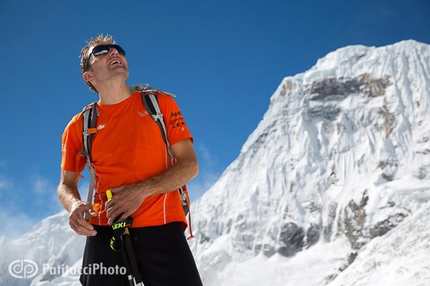
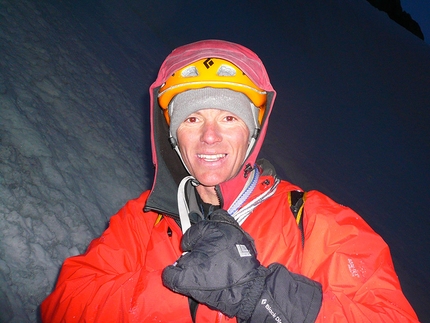
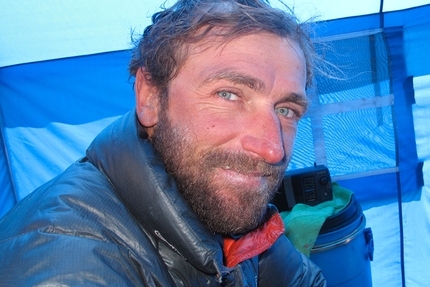
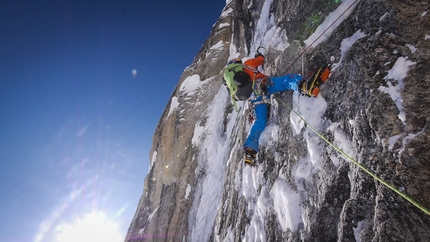
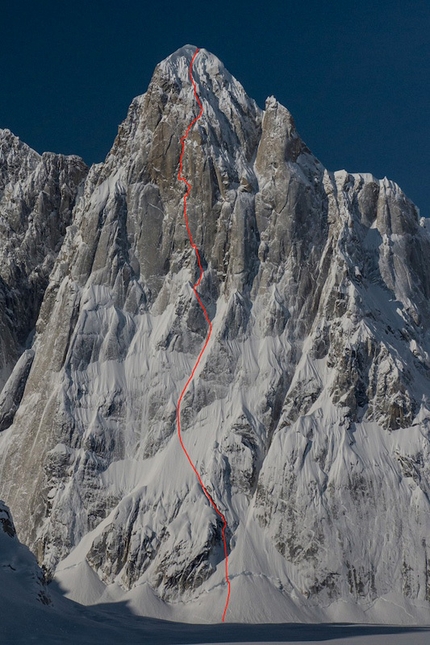
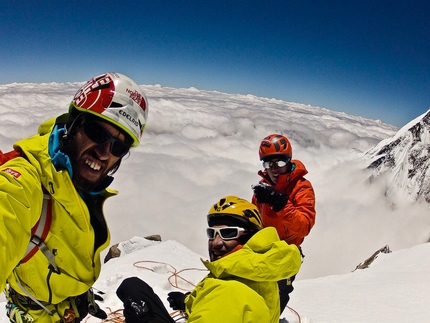
 See all photos
See all photos















